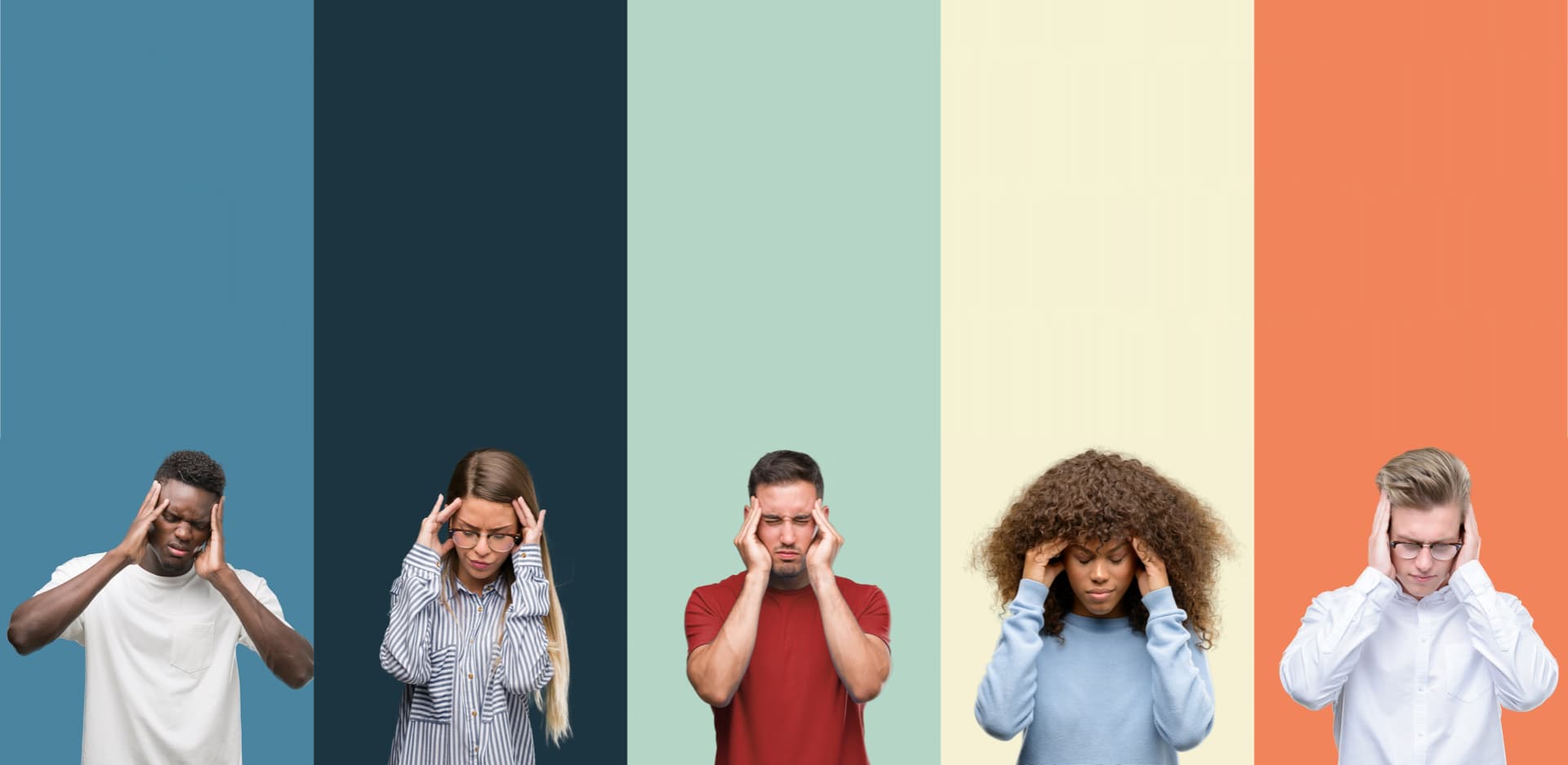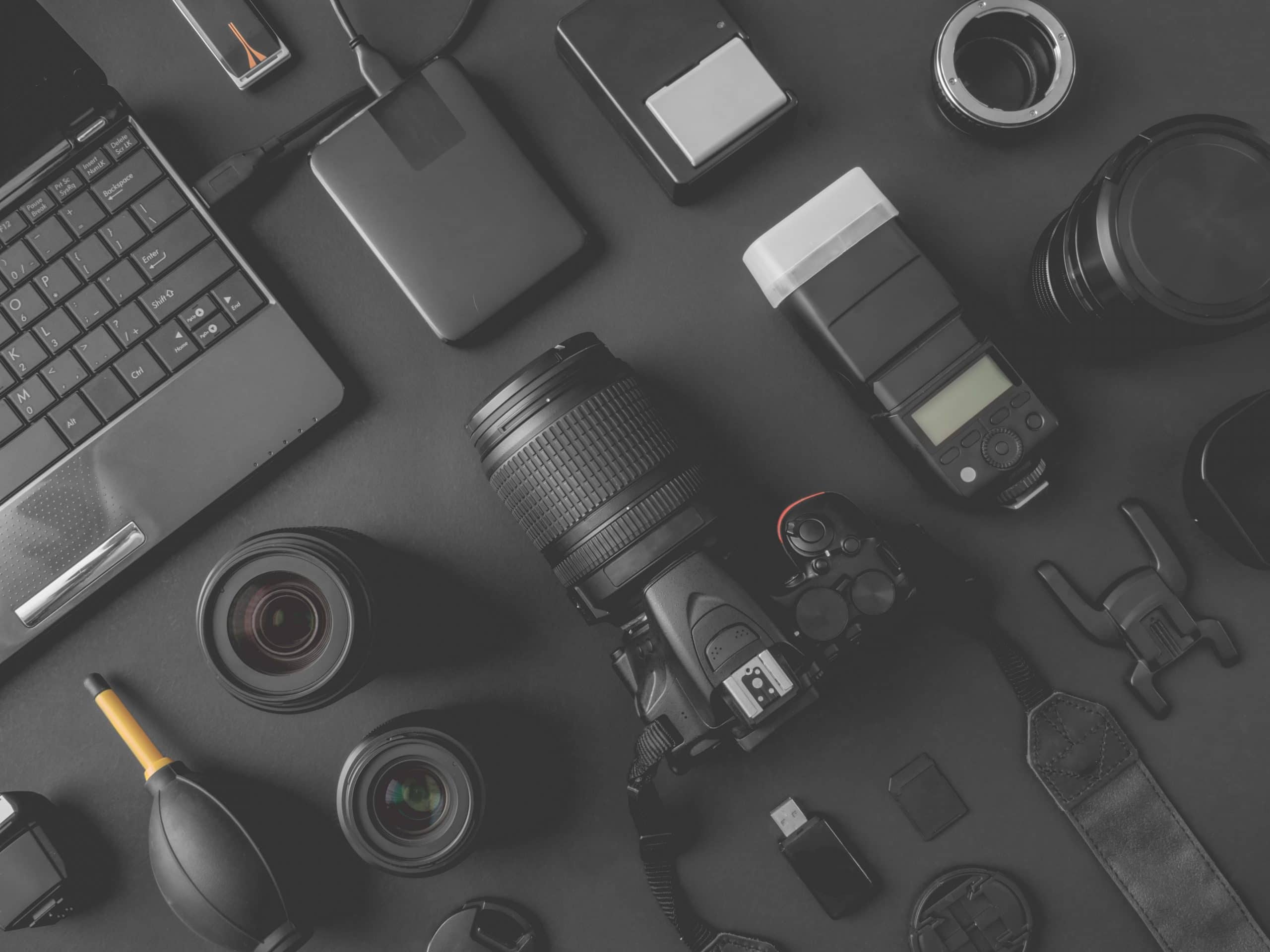Developing content for your real estate website is important, but equally important is how you convey your authority and image to your audience. Creating an impression is vital to ensuring that your audience knows your professional capacity and that you are knowledgeable about your profession.
When we designed iDashsites, we wanted to make a product that was easy for any real estate agency or agent in Australia to use and understand – at the forefront of our thinking is always the ability for anyone to use our products, no matter what level of technical knowledge you might have. So, no matter your technical expertise, we’ve put together a simple list of terms that may come up in real estate website design from time-to-time to help you better understand some of the technical aspects of building a website.
Above/Below the Fold – In website design, “above the fold” refers to all content elements that appear on the screen as the page loads, before you scroll, while those “below the fold” are the ones at the bottom. Traditionally, the term originated from newspaper design which referred to “fold” as the top and bottom halves of a newspaper or broadsheet.
Alignment – The term refers to the positioning of elements such as images, text, and icons within a page layout. Not only does it have an impact on content readability, but it also provides an aesthetic appeal.
Backlink – When another website links to your website, this is called a backlink. Websites with an excellent Google ranking that have backlinks to your website can have a positive effect on your own Google ranking.
Bounce Rate – A “bounce” is when someone visits your website, but then leaves immediately without interacting with your site. Your “bounce rate” is the overall percentage of visitors that bounce in a given time period.
Browser – These are the apps or programs that we use to view websites, such as Mozilla Firefox, Google Chrome, Microsoft Edge, Opera, and Safari.
Call To Action (CTA) – These are your primary invitations when a visitor is on a page within your website, and can be as simple as a colourful banner inviting the visitor to get a free property appraisal.
Click-Through Rate (CTR) – This refers to the percentage of website visitors that stay on your page and move on to explore other pages of your website. This is often associated with features and pages linked to a marketing campaign. It is a reliable indicator of the user engagement level on your website and can determine the effectiveness of your CTA’s.
Colour Scheme/Palette – This is the selection and combination of colours used throughout your website, often based on your brand. Palettes provide a unifying theme across the different site pages and help create brand recall and establish your website identity.
Domain Name – This is your website address that users enter into their browser when they want to visitor your website. They are usually formed with a combination of letters, numbers and hyphens, which are then followed by an extension such as .org, .net, .com, or .com.au.
Favicon – These are the small customisable icons that show up on the side of the website name on a browser tab. They are often used to display a logo to help boost brand recall and identity.
Fixed Header – This is the logo and menu bar visible to website readers when they scroll down a page and keeps the main navigation links accessible, so readers can click on it at any time. With iDashsites you can opt to have this feature turned on or off.
Focal Point – A central area or item that draws the reader’s eye or attention to a particular part of your website. This is a major consideration for a good website design to encourage interest in CTA’s.
Grid – A series of intersecting horizontal and vertical lines that provide structure in organising content on web pages. Grids are always invisible, and iDashsites designed sites are all based on best practice grid layouts.
Hero – The Hero section of a website homepage is a prominent and visually captivating area designed to instantly engage and grab the attention of visitors, and is often the first thing a visitor to your website will see. Positioned at the top of the page, the Hero section typically features compelling imagery or videos, concise and impactful messaging, and clear calls to action. Its purpose is to create a strong first impression, communicate the key value proposition of the website or brand, and guide users towards further exploration or conversion. The Hero section sets the tone for the overall website experience, enticing visitors to delve deeper into the content and navigate through the site.
Landing Page – The first page a user sees when entering a website. These are structured creatively to spur interest in a particular marketing action or develop engagement with more content found on the website.
Mobile Optimisation – Not as common on newer websites, this was the practice of ensuring an older website looked good on mobile devices. Nowadays this has been replaced by Responsive web design (keep reading, we cover this shortly!).
Navigation – This is your menu and objects that enables users to move around the website from one page to another. It also makes up the elements that support users such as links, buttons, menu, pagination, etc.
White Space – This refers to the space that surrounds certain elements of design to provide focus and attention to a central image, text, or design. It provides readability and prevents readers from getting overwhelmed by too much text, too many images, or other page clutter.
Pixel – The smallest elemental unit in a digital image. It is represented as dots per inch (DPI) or pixels per inch (PPI). It is also referred to as the unit of measurement that indicates how an element appears on a page layout.
Typeface/Font – This refers to a group of letters or fonts, numbers, punctuations, and characters or symbols of varied designs. It is also known as a “font-family” that appears in a variety of sizes or styles such as italicised, bold, light, or condensed.
Responsive Design – This is the practice of designing a website to automatically recognise and adapt to different display sizes (such as mobile vs. desktop screens). In good responsive design, objects and elements on the page will automatically resize and fit themselves around to better fit within the visitors screen.
User Experience (UX) – This refers to every aspect of a user’s engagement and interaction on a website, from discovery, access, ease of use, response to CTA’s, and feedback. UX is considered to be a major priority when designing a website, because if your website is hard to use then visitors will give up and leave.
User Interface (UI) – A set of controls and actions that allow users to interact and experience a website and its contents. UI includes important elements such as toolbars, menus, buttons, tabs, windows, and other tools to assist users throughout the website.
Hopefully we’ve enlightened you a bit without completely confusing you. If you’re still confused or not entirely sure where to start then that is perfectly fine, because we designed iDashsites for everyone! Get in touch with our team today to find out just how easy it is to get started with a new real estate website design from iDashsites, and let us worry about the technical stuff.




